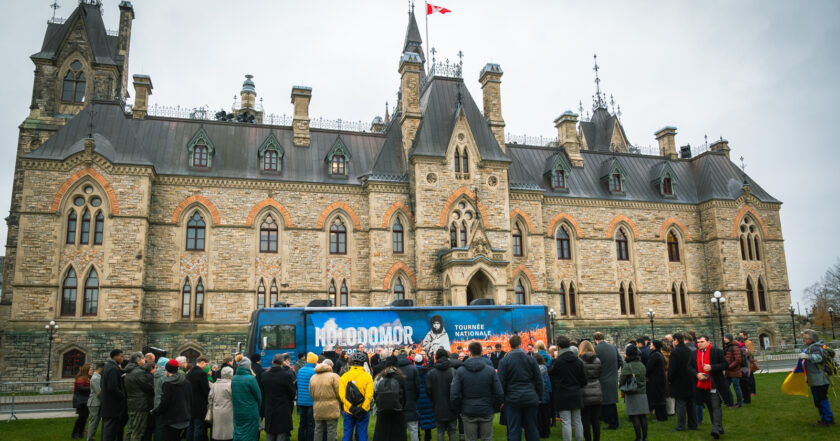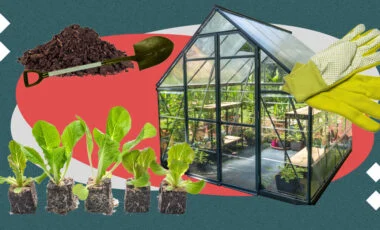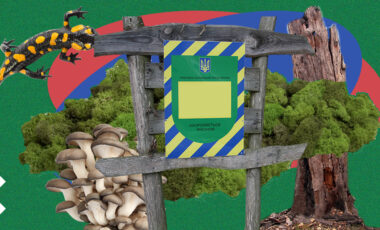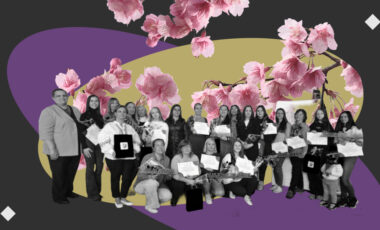Canada's Ontario will add the Holodomor — genocide of Ukrainians by starvation — to history curriculum in schools

Photo: Dodonova Tetiana
The Minister of Education for the Canadian province of Ontario, Stephen Lecce, has unveiled the inclusion of the Holodomor topic in the Canadian history course for 10th grade starting from the new academic year in September 2025.
Rubryka reports the announcement, referring to the Ukrainian Canadian Foundation.
What's the problem?
The issue at hand is the Holodomor, a man-made famine in Ukraine organized by Soviet authorities during 1932-1933. It is considered one of the largest crimes in human history, involving the planned killing of millions of Ukrainians. The goal was to suppress the national liberation movement and prevent Ukraine from leaving the Soviet Union to establish an independent Ukrainian state.
The genocide targeted Ukrainian farmers, intellectuals, the Ukrainian Church, and anyone actively promoting Ukrainian identity. In 2002, the Ukrainian Parliament, followed by more than 30 countries worldwide, the Catholic Church, and the Ecumenical Patriarchate, officially recognized the Holodomor of 1932-1933 as a genocide against Ukrainians. Canada was the first country to recognize it as such in 2008.
In 2014, the Ukrainian Canadian Foundation developed a National Information Tour on the Holodomor to promote education and raise awareness among Canadians about this tragic event.
What's the solution?
Minister Stephen Lecce stated during a press conference at St. Dimitri School, "The rise of extremism, including communism and Marxism, poses a direct threat to our democracy, social cohesion, and Canadian values. I am committed to strengthening education on our shared values, including mandatory learning about the horrors of the persecution of Ukrainians during the Holodomor in 10th-grade Canadian history."

Photo: CBC News.
This decision is significant for the Ukrainian community in Canada, which has worked for years to increase awareness globally about Joseph Stalin's brutal campaign against Ukrainian identity during 1932-1933.
How does it work?
Lecce stressed that teaching about the Holodomor will help students understand the dangers of totalitarianism and safeguard fundamental Canadian values of freedom and democracy from communist extremism.
Victor Hetmanczuk, the Chairman of the Board of the Ukrainian Canadian Foundation, also thanked the Ontario Government for investing $400,000 in his organization. These funds will support the National Awareness Tour on the Holodomor and the Mobile Class for studying the Holodomor.

Photo: Dodonova Tetiana

Background
The Mobile Class of the Holodomor is an innovative educational environment that uses advanced technologies to immerse students in the study of the Holodomor in a digital classroom on wheels. Combining technology and interactive content, this program offers a completely new way of conducting lessons, allowing facilitators and students to actively interact with each other.
To date, the Mobile Class of the Holodomor has delivered lectures to over 70,000 individuals across Canada, including students from over 500 Canadian schools. The Mobile Class has traveled extensively in Eastern and Western Canada, and last week, it was in Ottawa to commemorate the 90th anniversary of the Holodomor on Parliament Hill.
The Canadian government will allocate funds to build the second phase of the Holodomor Museum, and these international assistance funds cannot be used for military purposes.
Rubryka previously reported that the crime of the Holodomor was hidden for decades. They explored where to find the names of relatives who perished during that time and highlighted the truth as recounted by survivors of the Holodomor. For more details on this period and how to honor the memory of the victims of the Holodomor, you can read their material in preparation for the Day of Remembrance: How to honor the memory of Holodomor victims.
In preparation for the Day of Remembrance for the Victims of the Holodomor in 1932-33, the Ministry of Internal Affairs transferred 1,022 cases related to the famine period in Ukraine to the National Museum of the Holodomor Genocide.























































